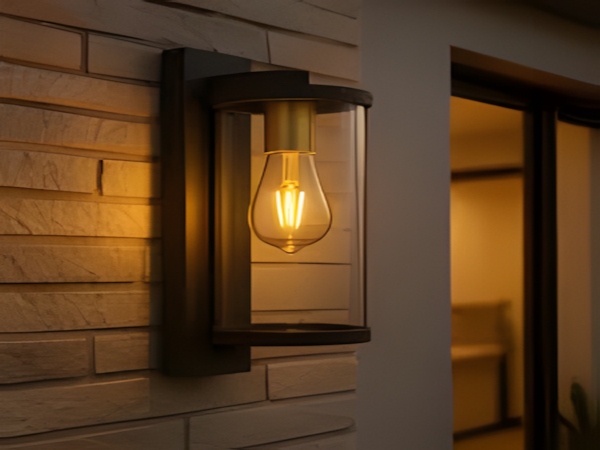
Nowadays, everyone knows that the main advantages of LED solar street lights are energy-saving and environmentally friendly, while also providing convenience in operation. Solar street lights are becoming increasingly popular in street lighting production as many users have decisively chosen them. Although the price of solar street lights may be slightly higher than traditional street lights, they can help users save significantly on costs, which traditional street lights cannot achieve. However, when purchasing solar street lights, it is essential to consider the conditions of the region, as the installation requirements are also dependent on the geographical location. To ensure that solar street lights function correctly, it is crucial to adjust the angle of the solar street light during installation.
Firstly, there are altitude restrictions for the areas where solar street lights can be used. Standard solar street lights are suitable for regions below 2,000 meters in altitude, which is common in the plains of China. Excessively high altitudes can affect the battery and circuitry performance.
Solar street lights are suitable for use in temperature ranges from -50℃ to 70℃. Extremely high temperatures can hinder normal operation, while low temperatures can slow down performance, making solar street lights more applicable in various temperate areas.

Solar street lights can function normally in areas where humidity does not exceed 80%. Higher humidity levels can negatively impact the solar street lights, causing moisture to affect the electronic components and lead to unstable connections, ultimately affecting the lighting system.
Solar street lights can be used in regions with high wind speeds. The wind resistance rating of solar street lights is up to level 12, meaning they will not be damaged in winds up to this level, which is one of the characteristics of solar street lights.

Additionally, the earthquake resistance rating of solar street lights is level 8. Generally, many areas do not experience earthquakes, and unless a significant earthquake occurs, they are unlikely to suffer damage. In China, major earthquakes are not common.



